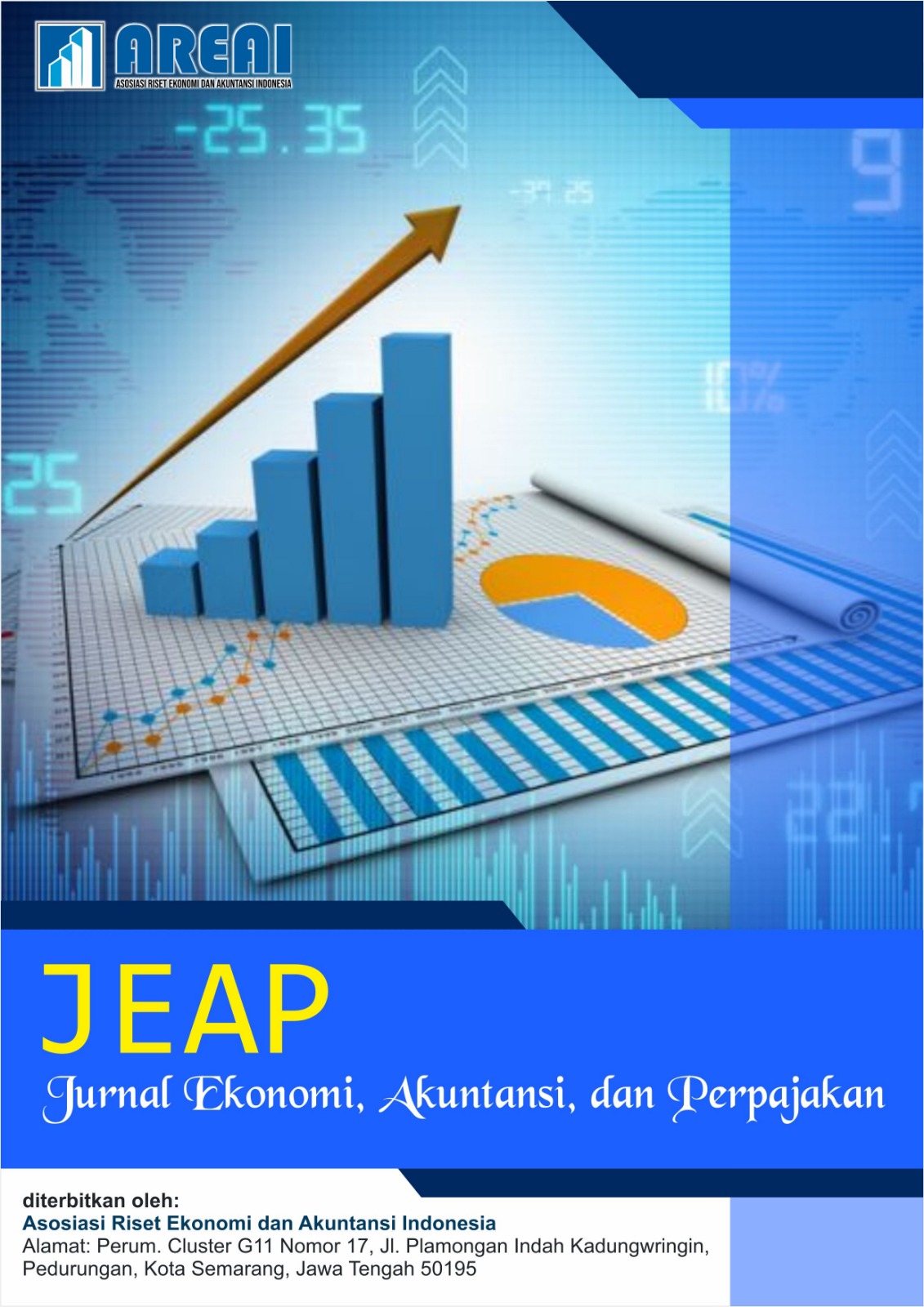Aktivitas Ekonomi Masyarakat Miskin di Desa Tamaila Utara Kecamatan Tolangohula Kabupaten Gorontalo
DOI:
https://doi.org/10.61132/jeap.v2i3.1204Keywords:
Community Empowerment, Economic Activities, Low-Income CommunitiesAbstract
This studyaims to examine the economic activities of low-income communities and identify factors that influence these activities in Tamaila Utara Village,Tolangohula Sub-district,Gorontalo Regency. The study employed a qualitative method using a systematic approach. Data collection techniques included observation, interview, and source triangulation.Data analysis involved data reduction followed by drawing conclusions. The findings indicate that most low-income residents in Tamaila Utara rely on agriculture, particularly corn farming, as their primary livelihood. Farming activities are supported by family members due to limited financial capacity to hire labor, and the tools used are still very simple or traditional. For crop distribution,the community depends on local traders who offer prices significantly lower than market rates, due to limited transportation access to larger markets. In terms of consumption,residents can only meet their basic needs, with low nutritional intake due to minimal income. Other challenges to improving the local economy include water scarcity during the dry season, low educational attainment among farmers,lack of government-provided training, and unpredictable weather and environmental conditions. Therefore,government support is urgently needed,such as irrigation development, agricultural training, and the provision of modern tools or technology to enhance community welfare in the future.
Downloads
References
Badan Pusat Statistik. (2023). Profil kemiskinan di Indonesia September 2023. Jakarta: BPS RI.
Badan Pusat Statistik. (2024). Gorontalo dalam angka 2024. Gorontalo: BPS Provinsi Gorontalo.
Bank Dunia. (2023). Global poverty overview. https://www.worldbank.org/
Boeke, J. H. (1953). Economics and economic policy of dual societies. New York: Institute of Pacific Relations.
Chambers, R. (1983). Rural development: Putting the last first. London: Longman.
Daud, J. (2024). Kemiskinan dan ketimpangan desa dalam perspektif pembangunan inklusif. Jurnal Ekonomi Pembangunan, 15(1), 45–60.
Ferdi, A. (2020). Aktivitas ekonomi masyarakat berpenghasilan rendah. Jurnal Ekonomi dan Sosial, 8(2), 101–113.
Geertz, C. (1963). Agricultural involution: The process of ecological change in Indonesia. Berkeley: University of California Press.
Haraf, A. (2017). Dualisme ekonomi dan perkembangan sektor informal di pedesaan. Jurnal Sosial Ekonomi, 12(1), 37–49.
Kotler, P., & Keller, K. L. (2015). Marketing management (15th ed.). Pearson Education.
Maliati, N. (2017). Strategi bertahan hidup masyarakat miskin di wilayah terpencil. Jurnal Antropologi Indonesia, 38(2), 125–138.
Olusola, J. O., et al. (2022). The permanent income hypothesis and rural consumption patterns. African Journal of Economic Policy, 29(1), 25–38.
Pakpahan, A., Siregar, H., & Yusuf, A. (2023). Distribusi hasil pertanian dan akses pasar di daerah terpencil. Jurnal Pembangunan Daerah, 10(3), 215–228.
Pelenc, J., & Ballet, J. (2015). The capability approach: A framework for transformative sustainable development. International Journal of Sustainable Development, 18(3), 231–243.
Sari, A. D. (2014). Konsep produksi dalam masyarakat tradisional. Jurnal Ilmu Sosial dan Ekonomi, 6(1), 44–53.
Sen, A. (1999). Development as freedom. New York: Oxford University Press.
Wicaksono, T. Y. (2022). Teori konsumsi dalam ekonomi makro. Jurnal Ilmu Ekonomi Teori dan Terapan, 9(1), 89–102.
Downloads
Published
How to Cite
Issue
Section
License
Copyright (c) 2025 Jurnal Ekonomi, Akuntansi, dan Perpajakan

This work is licensed under a Creative Commons Attribution-ShareAlike 4.0 International License.





